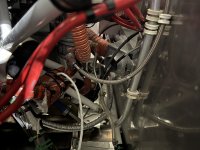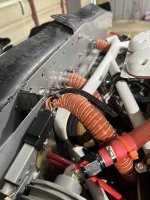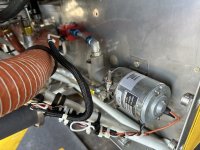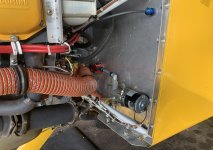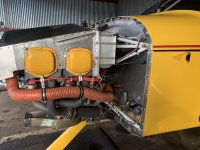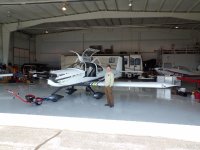MacCool
Well Known Member
I'm contemplating installing an Anti-Splat cowl flap and I'm looking for installation advice. I have (I believe) a problem with engine compartment temps, which are creating problems under the cowl:
I haven't actually measured fuel temps or under-cowl temps, although I have a handful of LM34's and a couple of thermocouple gauges, and I hope to have a conversation about that with Pete Howell and/or Alex Peterson at our meeting this Saturday.
My CHT's are fine...always under 400°F even on a hard/hot climb, so this isn't a plenum problem that I'm trying to solve...it's the engine compartment that I'm interested in cooling for the sake of component longevity and to mitigate fuel boiling in the lines.
Anyway, I'm interested in experience with Alan's EZ Cool cowl flap, installation tips, location, etc. YouTube thus far has failed me. Is it reasonable to contemplate installing one in this circumstance?
- hard restarts when hot
- variable fuel pressures when taxiing
- premature failure of red cube
- premature failure of engine driven fuel pump
- premature failure of boost pump
I haven't actually measured fuel temps or under-cowl temps, although I have a handful of LM34's and a couple of thermocouple gauges, and I hope to have a conversation about that with Pete Howell and/or Alex Peterson at our meeting this Saturday.
My CHT's are fine...always under 400°F even on a hard/hot climb, so this isn't a plenum problem that I'm trying to solve...it's the engine compartment that I'm interested in cooling for the sake of component longevity and to mitigate fuel boiling in the lines.
Anyway, I'm interested in experience with Alan's EZ Cool cowl flap, installation tips, location, etc. YouTube thus far has failed me. Is it reasonable to contemplate installing one in this circumstance?



